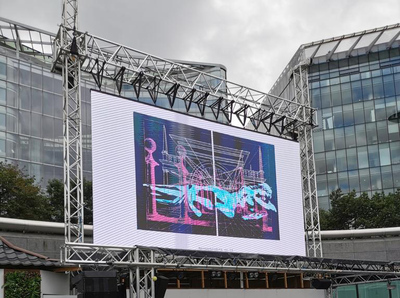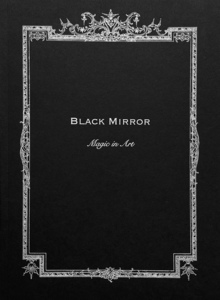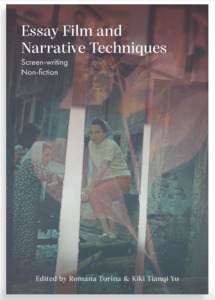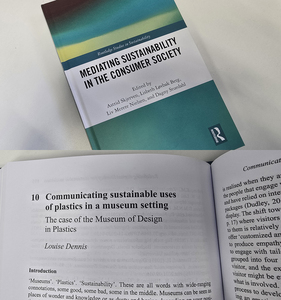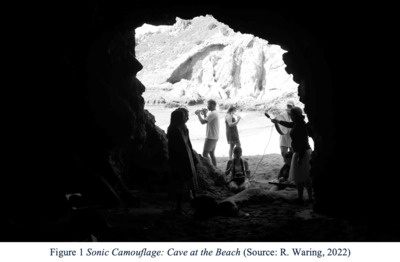The Chapter reports on the screenwriting development processes employed to create the essay film San Sabba (Turina, 2016).
Independent filmmaking is often confronted with difficulties. For the team behind San Sabba (Turina 2016), script development resembled a mission in enemy territory. This chapter will explore how and why the initial treatment, featuring interviews with survivors and tour guides in classic participatory style, evolved into an experimental script for an essay film questioning the ontological status of memorialisation.
From the beginning, the Risiera di San Sabba, the only concentration and extermination camp of the Axis in Italy, had been the central character in this film. However, in 2014 the project was denied access to the premise. What followed were two years of script development. The second script was constructed around unseen documents, held in multiple languages (Italian, Slovenian, German, and English), for a narrative able to illustrate the harrowing topic without entering the premises. With the story locked in the relationship between the silenced stories of some victims and the portraits of the people who struggle for the persecution of the perpetrators in the 1970s, the film had found a form.
However, access to the camp was granted during the last week of production and brought the team back to the drawing board. Having regained the central character of the film, the team went through some hard times in trying not to invalidate already agreed conditions of access to documents while allowing space for the project’s initial angle. The final decisions made ofSan Sabba a piece on postmemory, which benefitted from a strategy of editing ‘as screenwriting.'
 |



 Lists
Lists Lists
Lists

